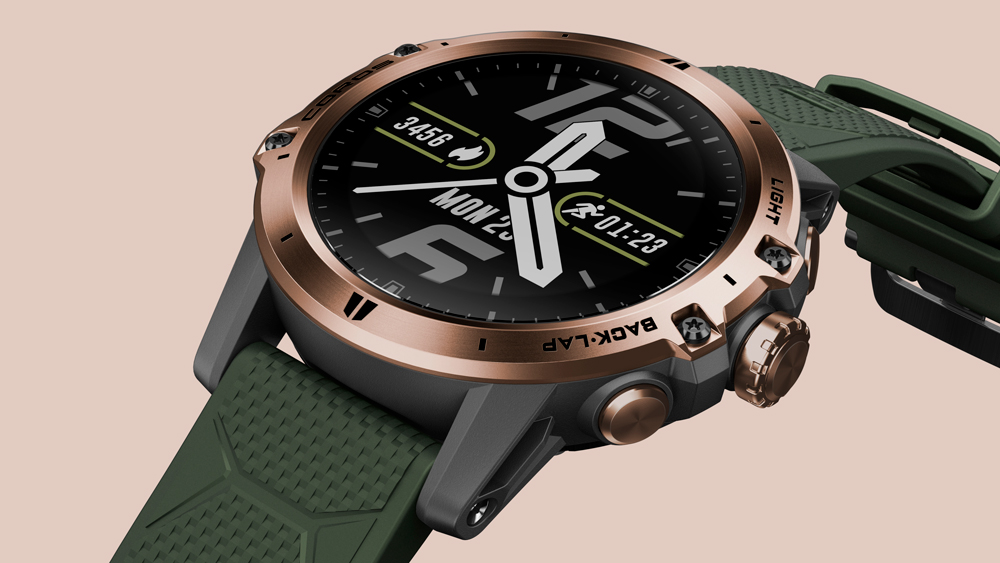Our Verdict
Things We Liked The Vertix has the best battery life of any watch Coach has tested with 60 hours of GPS tracking. It barely drains at all between training sessions, so it lasts for two to three weeks on one charge. It manages the trick of feeling high-end while being seriously rugged. It can withstand very low temperatures, making it attractive to the very adventurous. Heart rate tracking accuracy was surprisingly good for such a chunky watch, though it can still be linked to a chest strapped monitor for better results. New structured workout modes for running, cycling, swimming and strength training are fairly easy to use. The Vertix offers breadcrumb navigation so you can load and follow basic routes on your wrist. Things We Didn’t Like I found the Vertix a little too large to wear at night comfortably, and the sleep tracking isn’t developed enough that I felt obliged to bother. The estimated measures of your fitness don’t always ring true, or even close to true. For example, Coros determined that my lactate threshold pace was fast enough for me to be setting world records.
You can trust Coach
The Coros Vertix is a chunky sports watch very much in the mould of Garmin’s Fenix line. It’s designed for adventurers who are all about spending serious time in the great outdoors and it will serve those people very well. But while it has some outstanding features, its everlasting battery life chief among them, and offers reliable sports tracking, the Vertix doesn’t quite live up to its mammoth £500-plus price.
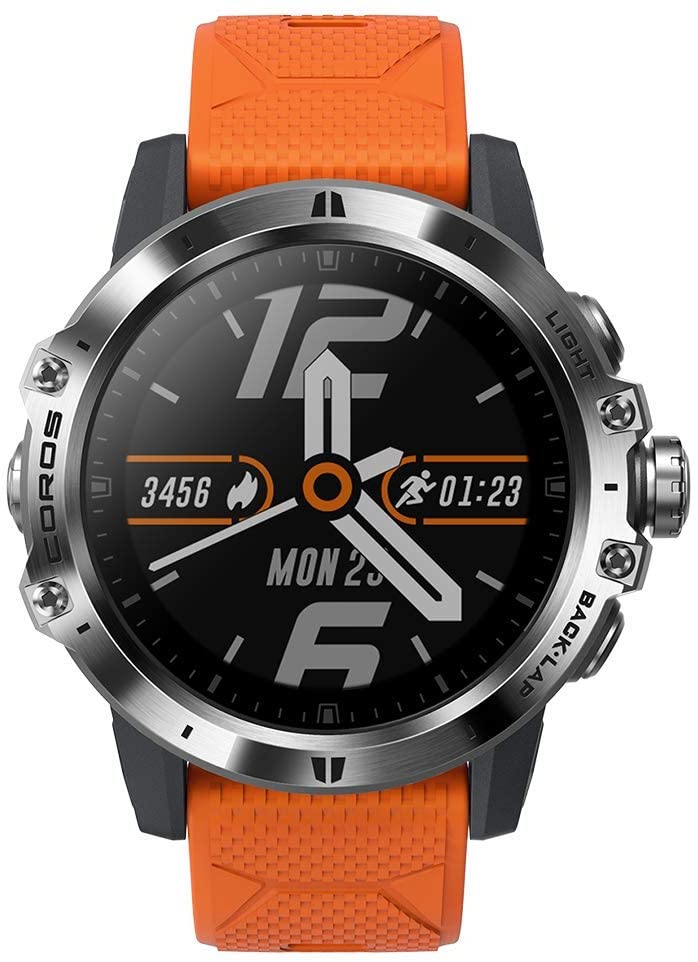
£449.00Buy now
Should I Consider Buying Something Else?
Although it is a great watch, it’s hard to recommend buying the Coros Vertix when the Garmin Forerunner 945 or Fenix 6 Pro are in the same price range. The Garmins bring several excellent extra features to the table, most notably colour maps for best-in-class navigation, insightful training analysis, plus music storage.
Another strong option is the Polar Grit X, which doesn’t have the premium design of the Coros but does offer similarly excellent features for the adventurous runner in particular, with turn-by-turn navigation and an impressive fuelling feature that can help you plan what you need to eat to get through long training sessions and races. The Grit also offers Polar’s insightful training and sleep analysis, and costs much less at £379.
However, the Vertix does have all those watches beat on the battery front, which counts for a lot. The rugged design will also appeal to mountaineers, as will the promise of withstanding temperatures of -30°C with the battery still lasting for 21 hours of GPS. I still think those people would be better off with the Fenix’s full maps, but the Vertix is undoubtedly well suited to extreme conditions.

£449.00Buy now
See related
Coros Vertix In-Depth Review
Running With The Coros Vertix
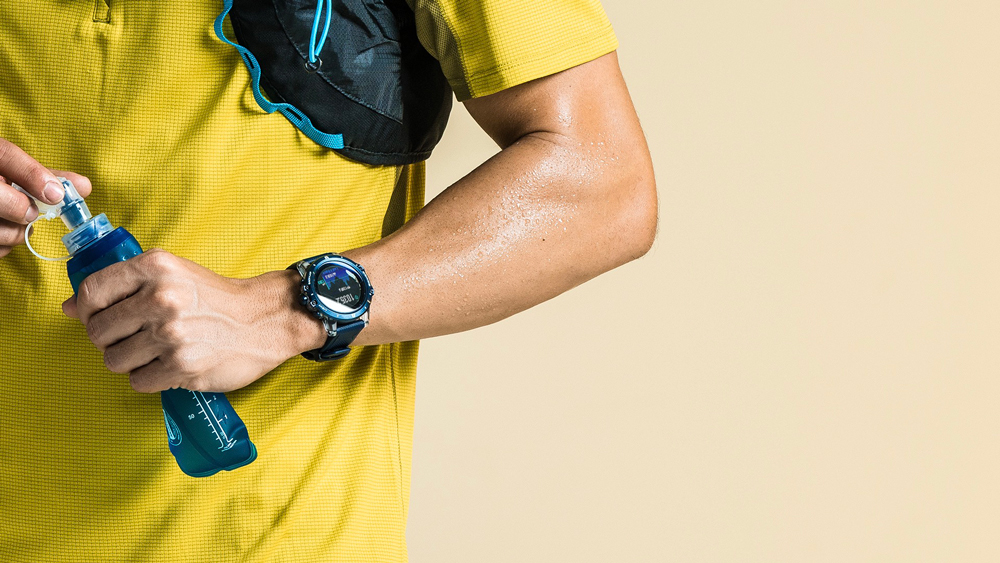
The Vertix is a well-rounded running tracker which does a great job of nailing the basics, but lacks a few of the premium features that you might expect from a £500-plus watch. It doesn’t have the full maps you get on a Garmin Fenix 6 or Forerunner 945 for example, just the basic breadcrumb navigation that you find on most mid-range running watches, and the training insights are also sub-par compared with what you get from Garmin or Polar.
As for the basics, the Vertix is fast to find GPS and provides accurate distance tracking when compared with a calibrated footpod. I found the heart rate tracking surprisingly accurate for such a large watch too. It’s still not perfect and I’d prefer to use a chest strap (you can connect one via either Bluetooth or ANT+), but in the majority of my runs the Vertix stayed within a few beats of the reading from a chest strap, and it outperformed the Polar Grit X on this front.
The screen is clear to read in all conditions and you can put up to six stats on a page. The watch also has Coros’s dedicated track run mode, which is designed to provide more accurate distance measurements, because GPS can sometimes struggle when you’re running in 400m ovals. With the track mode you select the lane you’re running in and the watch uses algorithms along with GPS to give you a more accurate distance measurement.
It’s a nice idea, and it is true that many watches give poor distance readings on the track. However, I’ve found Garmin and Coros watches to be pretty accurate on the track using just GPS, and frankly, I don’t really see why you’d need a watch to monitor your distance on the track. That’s the beauty of a 400m ring with markings every 100m – you know exactly how far you’ve run.
When running you are also given three measurements: your overall stamina, and the aerobic and anaerobic effect of your workout. The first of those ticks down from 100% in accordance with how hard you’re working, and the aerobic and anaerobic numbers tick up from zero to 3.5 based on what your workout involves – a long steady effort works your aerobic system, while short intervals boost your anaerobic fitness.
The stamina measurement is a nifty feature, and the number carries over throughout your day so you can keep tabs on how well you’re recovering from your session, and then check what your rating is before starting your next run and adjust your intensity accordingly. Both stamina and the training effect numbers require precise heart rate measurements to be worthwhile, though, so if you want to use them I’d recommend investing in a chest strap.
Coros has also recently added a structured workout builder for running, cycling and swimming. You can now set up more complex workouts step by step in the Coros app, with targets for each step based on pace or heart rate. Sync them to the watch and you’ll get a dedicated workout screen on your running profile that has a pointer to show if you’re using the right pace or heart rate zone.
The Vertix impressed me with the steadiness of its current pace reading – it’s one of the best watches I’ve tried on this front – and so the pointer is useful in giving feedback on whether you’re holding the right pace. This feature, which will also be coming to the Apex and Apex Pro watches, is something Coros users have been requesting for a while, so it’s good to see the company respond with this update.
The app gives you insights into your training and fitness markers, including estimates of your VO2 max and threshold pace. These are always a little iffy with any watch compared with a lab measurement, but you can use them as a guide and look for any trends that indicate whether your fitness is increasing or decreasing. However, the threshold pace in particular on Coros watches has always been bizarrely ambitious for me – suggesting I could hold an incredible pace that would put me in line for the Olympics and several world records to boot.
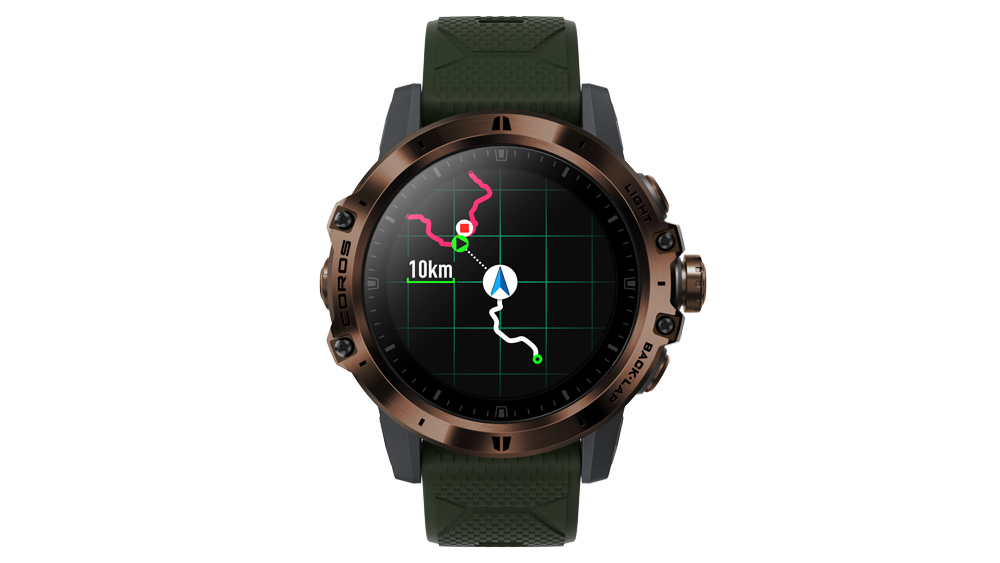
The Vertix also offers breadcrumb navigation, with a line and pointer on screen showing you the way to go, plus alerts if you deviate from this path by more than 20m for more than ten seconds. You can’t create new routes in the app, though you can save previous runs as a route if you like, but it’s pretty simple to load GPX files from whatever route builder you use into the app and then sync them to your watch.
All in all, the Vertix is a great running watch, offering accurate tracking and all the key features runners need, backed up by its awesome battery life – even if running daily, you’ll get through a couple of weeks without charging. However, it does lack the kind of stand-out features you might expect on a £500-plus watch, such as maps or more in-depth training and recovery analysis; all its running-specific features can be found on £300 watches, including Coros’s own Apex. The rugged design and incredible battery life are what elevates it beyond those mid-range devices, so you’ll have to decide whether those are worth the extra money.
RECOMMENDED: The Best Running Watches
Sports Tracking With The Coros Vertix
When Coros first started producing watches the range of sports modes available was limited to running, cycling, swimming and triathlon. The company has since developed its software and the Vertix now has all the other key modes most people would want, including a strength training mode as of its most recent update.
This automatically counts your reps and allows you to create full workouts in the partner app and beam them to the watch for you to follow. The app has a decent bank of common strength moves to select from when setting up a workout, but you can also add exercises easily enough. I found the rep counting to be hit and miss, even on exercises like squats which I expected would be easy to clock, but the workout mode is still great for people who love to map out every step of their training in advance. Once you’re done with your workout you can also view a muscle heatmap in the app to see if you’re consistently missing any body parts with your choice of exercises.
The Vertix still doesn’t offer the vast range of sports modes you’ll get on a watch from Garmin, Suunto or Polar. However, a lot of those modes are often superfluous, since outside of the main modes like running, cycling, swimming and strength the two things that can be tracked are time and calories burned. It’s nice to be able to label every workout you do correctly, but an all-encompassing “other” mode does the job for me.
Activity Tracking With The Coros Vertix
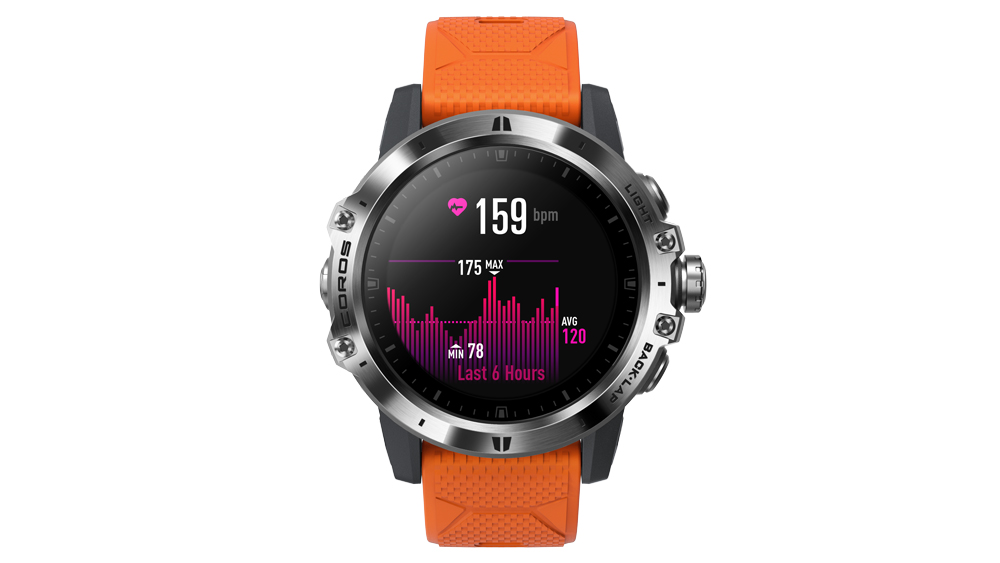
The Vertix does also offer everyday activity tracking, and in the app and on the watch you can see stats like your daily active calories and steps, along with continuous heart rate tracking. You need to turn the latter on because by default the watch will record your heart rate at ten-minute intervals when not exercising. That’s to save battery, but it really isn’t necessary to save battery with this watch. I even set the backlight to come on when you press buttons in the daytime, just to see if I could wear it down.
There’s no inactivity warning on the Vertix that buzzes when you sit still for too long, which would be a handy addition that is present on other sports watches, but in general the Vertix offers a solid everyday activity tracking experience even if it’s not the watch’s main purpose.
Sleep Tracking With The Coros Vertix
The Vertix’s sleep tracking feature gives you a graph of your night’s rest in the app the next day, showing your deep and light sleep periods, along with your heart rate. However, although the Vertix is light for its size, I found it a bit too bulky to wear at night comfortably, so I usually took it off. The sleep tracking is fine, but not insightful enough to motivate me to suffer the annoyance of wearing it while trying to sleep.
How Often Am I Going To Have To Charge It?
The Vertix offers 60 hours of GPS tracking on a single charge, which isn’t unique – the Garmin Fenix 6X Pro also offers 60 hours of GPS – but what sets the Vertix apart is how little juice it loses between activities. Even with 24/7 heart rate monitoring and the backlight set to come on any time I used the watch, the Vertix’s battery life barely moved when I wasn’t exercising. As a result you’ll get through two weeks without charging even if logging GPS activities daily, and if you don’t exercise every day or mostly workout indoors, you’ll go three weeks or more without needing a top-up. Superb.
Where Can I Wear It Without People Laughing At Me?
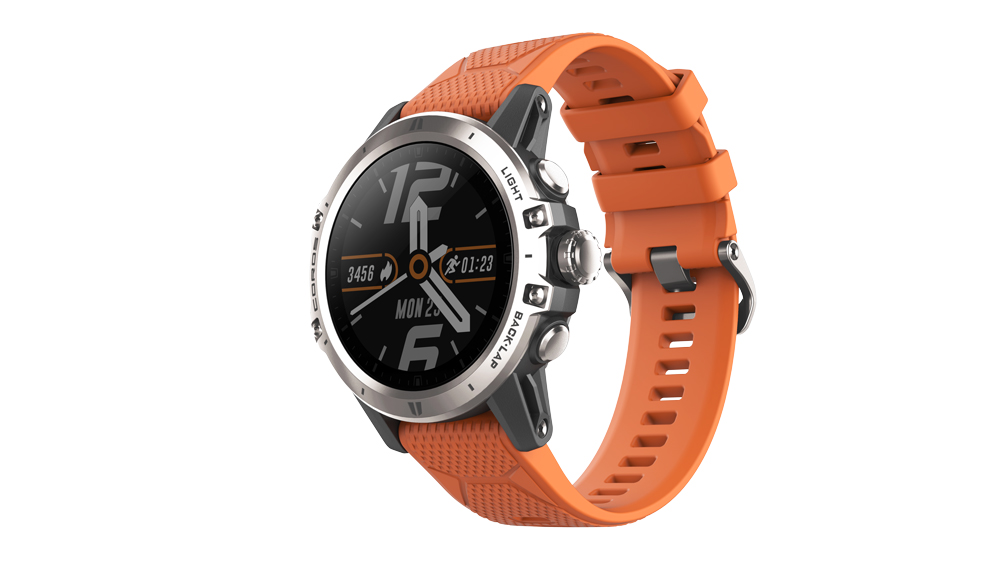
I rate the design of the Vertix highly and would have no problem wearing it anywhere. It’s similar – very similar, in fact – to Garmin’s Fenix line, and you can swap the 22mm bands easily. Although Coros only sells silicone options itself, you can find 22m bands made from other materials that will fit the watch.
The design of the Vertix differs from the five-button set-up of Garmin and Polar devices, with just three buttons, one of which is also a scrollable knob. I’m a fan of scrolling – it makes navigating menus and your stat screens easier. Interacting with the watch is a slick and intuitive experience, which can’t always be said for multisport watches laden with features and endless menus. You can also flip the orientation of the screen so the wheel is on the right or left side, putting it in a natural position whichever wrist you wear the Vertix on.

Nick Harris-Fry is a journalist who has been covering health and fitness since 2015. Nick is an avid runner, covering 70-110km a week, which gives him ample opportunity to test a wide range of running shoes and running gear. He is also the chief tester for fitness trackers and running watches, treadmills and exercise bikes, and workout headphones.
